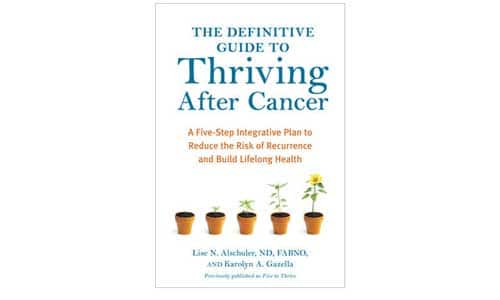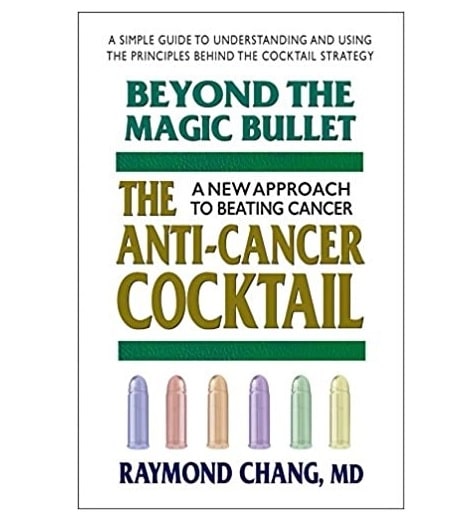Are you a health professional?
This section does not replicate the other information on this topic but provides additional details or context most relevant to professionals.
See our spreadsheet › exploring terrain factors and their links to cancer.
The Hallmarks of Cancer and the tumor microenvironment
Scientists Douglas Hanahan and Robert Weinberg created a framework called the Hallmarks of Cancer. These hallmarks are the biological capabilities that cancer cells acquire as they go through a multi-step process of developing into tumors.1Hanahan D, Weinberg RA. Hallmarks of cancer: the next generation. Cell. 2011 Mar 4;144(5):646-74.
What are the Hallmarks of Cancer?
Except for the few germline mutation cancers, most cancers start off as normal cells that eventually acquire mutations in their DNA and acquire biological abilities that promote their growth, survival, and spread. The following list of hallmarks is “sequenced roughly in the order in which these capabilities are acquired by most cancers.”2Block KI, Gyllenhaal C et al. Designing a broad-spectrum integrative approach for cancer prevention and treatment. Seminars in Cancer Biology. 2015 Dec;35 Suppl:S285.
- Genomic instability: Unstable DNA helps cancer cells “acquire a selective advantage over neighboring cells, enabling outgrowth and dominance in the tissue microenvironment”, especially important in tumor initiation and promotion.3Block KI, Gyllenhaal C et al. Designing a broad-spectrum integrative approach for cancer prevention and treatment. Seminars in Cancer Biology. 2015 Dec;35 Suppl:S285.
- Sustained proliferative signaling: Cancer cells become self-sufficient and able to grow uncontrollably.
- Evasion of anti-growth signaling (evading growth suppressors): Cancer cells no longer respond to antigrowth signals.
- Resisting apoptosis (programmed cell death): Cancer cells are able to circumvent the cycle of programmed cell death (apoptosis). Normal cells submit to apoptosis when they are no longer needed or might be harmful to the body.
- Replicative immortality: No limits exist on the cancer cell to reproduce over and over.
- Deregulated metabolism (cellular energetics): Cancer cells shift from producing energy in the mitochondria to inefficiently fermenting glucose within the cell itself.
- Tumor-promoting inflammation: The chronic inflammation microenvironment is associated with cancer formation, growth, and transformation as well as apoptosis evasion, survival, invasion, angiogenesis, and metastasis.4Block KI, Gyllenhaal C et al. Designing a broad-spectrum integrative approach for cancer prevention and treatment. Seminars in Cancer Biology. 2015 Dec;35 Suppl:S288.
- Immune system evasion (avoiding immune destruction): Cancers evade immune attack through several mechanisms.
- Tumor microenvironment: At this point, the tumor is primed to use the microenvironment to grow and spread.
- Inducing angiogenesis: Cancer uses normal cells to create a blood supply to bring in nutrients and remove waste.
- Activating tissue invasion and metastasis: Cancer’s most deadly ability arises, spreading to other organs.
These Hallmarks of Cancer are accepted by scientists and clinicians as the foundation for understanding the biology of cancer. Furthermore, many of today’s cancer treatments are designed to target one or more of the hallmarks of cancer. For example, agents such as bevacizumab (Avastin) and Sunitinib (Sutent) inhibit angiogenesis.5Hanahan D, Weinberg RA. Hallmarks of cancer: the next generation. Cell. 2011 Mar 4;144(5):646-74.
The hallmarks are focused specifically on the biology and behavior of cells, but the tumor microenvironment is intertwined with the ability of cancer to acquire and maintain the biological abilities to seed, grow, survive and spread. Under the right conditions, the cancer cells or tumor can hijack the microenvironment for its own use.
How important are these hallmarks in clinical care?
Consideration of the microenvironment is so vital that an international task force of 180 scientists participating in the Halifax Project suggested that the tumor microenvironment be added as a Hallmark of Cancer. The Halifax project was concerned that our current model of cancer care is becoming completely out of reach for many people in the world. Specifically, they were honing in on the problems of conventional targeted therapies such as Keytruda or Avastin:
- High costs
- Short relapse-free period
- Dose-limiting and combination-limiting toxicities
In addition, they emphasized that there’s not just one “weed in the forest,” and one drug alone won’t knock out all the weeds. Finally, most tumors have some cells that don’t have the intended target for the targeted drugs; so about 90% of remaining cells will still flourish.
From this basis, the primary purpose of the Halifax Project was to “explore the concept of a low-toxicity ‘broad-spectrum’ therapeutic approach that could simultaneously target many key pathways and mechanisms.”6Block KI, Gyllenhaal C et al. Designing a broad-spectrum integrative approach for cancer prevention and treatment. Seminars in Cancer Biology. 2015 Dec;35 Suppl:p.S276-S304. Teams looked at each cancer hallmark as well as the tumor microenvironment and nominated 74 high-priority targets in a wide range that could be modified to improve patient outcomes. They then suggested low-toxicity therapeutic approaches (many were phytochemicals) for each target.
What therapies have the biggest impacts on these hallmarks?
The project produced suggestions primarily for research program development, not clinical guidelines. However, the authors of a report on the project note that “lifestyle therapies appear to affect multiple molecular targets and to improve the health of cancer patients in a variety of ways, and integrative lifestyle modifications should be assessed as a health-promoting foundation for use of broad-spectrum therapeutics.”7Block KI, Gyllenhaal C et al. Designing a broad-spectrum integrative approach for cancer prevention and treatment. Seminars in Cancer Biology. 2015 Dec;35 Suppl:p.S276-S304.
The positive implications of dietary therapies for improving metabolic hallmarks of inflammation, dysregulated metabolism, genomic instability, and immune system evasion should be kept in mind.8Block KI, Gyllenhaal C et al. Designing a broad-spectrum integrative approach for cancer prevention and treatment. Seminars in Cancer Biology. 2015 Dec;35 Suppl:p.S276-S304.
Clinicians choosing to use natural product supplements should attend to product quality and be familiar with advances in the formulation of poorly absorbed polyphenols and other phytochemicals9Block KI, Gyllenhaal C et al. Designing a broad-spectrum integrative approach for cancer prevention and treatment. Seminars in Cancer Biology. 2015 Dec;35 Suppl:p.S276-S304.

See the appendices from Block KI, Gyllenhaal C et al. from the December 2015 issue of Seminars in Cancer Biology (available for download).
Designing a broad-spectrum integrative approach for cancer prevention and treatment
In sum, both medical professionals and people with cancer should consider lifestyle changes, especially Eating Well, and using quality supplements wisely as part of the foundation of your approach to cancer treatment.
Some participants in the Halifax project suggest that if patients wish to use the broad-spectrum approach outlined by the project, they consider working with clinicians doing leading-edge work, some of whom participated in the Halifax Project, such as Keith Block.
Information on clinical approaches
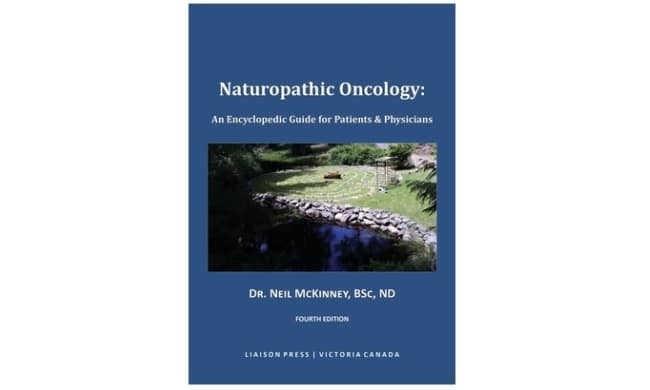
Neil McKinney. Naturopathic Oncology, Fourth Edition. Victoria, BC, Canada: Liaison Press. 2016. See chapters on integrative care for specific cancers. Each of these chapters lists the targets of therapy and coordinating complementary approaches.
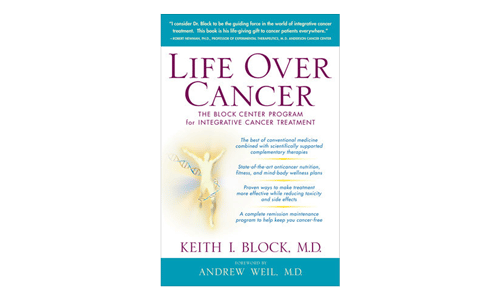
Keith Block. Life over Cancer: The Block Center Program for Integrative Cancer Treatment. New York: Bantam Dell. 2009.
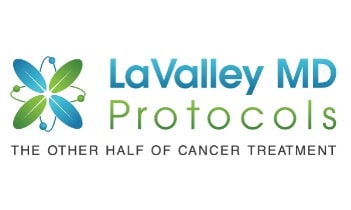
Will LaValley: LaValley MD Protocols ›
Personalized Lifestyle Medicine Institute
Oncology drugs such as Keytruda and Opdivo represent what could be considered a revolution in cancer biology research into new therapeutics. This is because these drugs target the immune system of the tumor microenvironment—which can either be facilitating tumor growth or effectively combating it—rather than the tumor tissue itself. As PLMI President Dr. Jeffrey Bland explains in this new video, this research represents an obvious connection to personalized lifestyle medicine.
Dr. Jeffrey Bland, Personalized Lifestyle Medicine Institute: Cancer, the Tumor Microenvironment, and Personalized Lifestyle Medicine
Play videoHelpful links for professionals
Journals on the tumor microenvironment

Tumor and Microenvironment: a quarterly open access journal published by Wolters Kluwer|Medknow on behalf of the Primary Co-Development Institute of Medical Research, Beijing.
Cancer Microenvironment: the official journal of the International Cancer Microenvironment Society (ICMS).
Journal of Translational Medicine: Cancer Microenvironment Section: research on the cellular and molecular components of the cancer microenvironment, with a particular focus on translational research that has important implications for the prevention, diagnosis and treatment of human neoplasms.
Articles on the tumor microenvironment
- Balkwill FR, Capasso M, Hagemann T. The tumor microenvironment at a glance. Journal of Cell Science. 2012 Dec 1;125(Pt 23):5591-6.
- Quail D, Joyce J. Microenvironmental regulation of tumor progression and metastasis. Nature Medicine, 2013 Dec 1;19(11), 1423–1437.
- Wang M, Zhao J et al. The role of the tumor microenvironment in tumorigenesis. Journal of Cancer 2017; 8(5):761-773.
- Cole SW, Nagaraja AS, Lutgendorf SK, Green PA, Sood AK. Sympathetic nervous system regulation of the tumour microenvironment. Nat Rev Cancer. 2015 Sep;15(9):563-72.
Learn more
References


